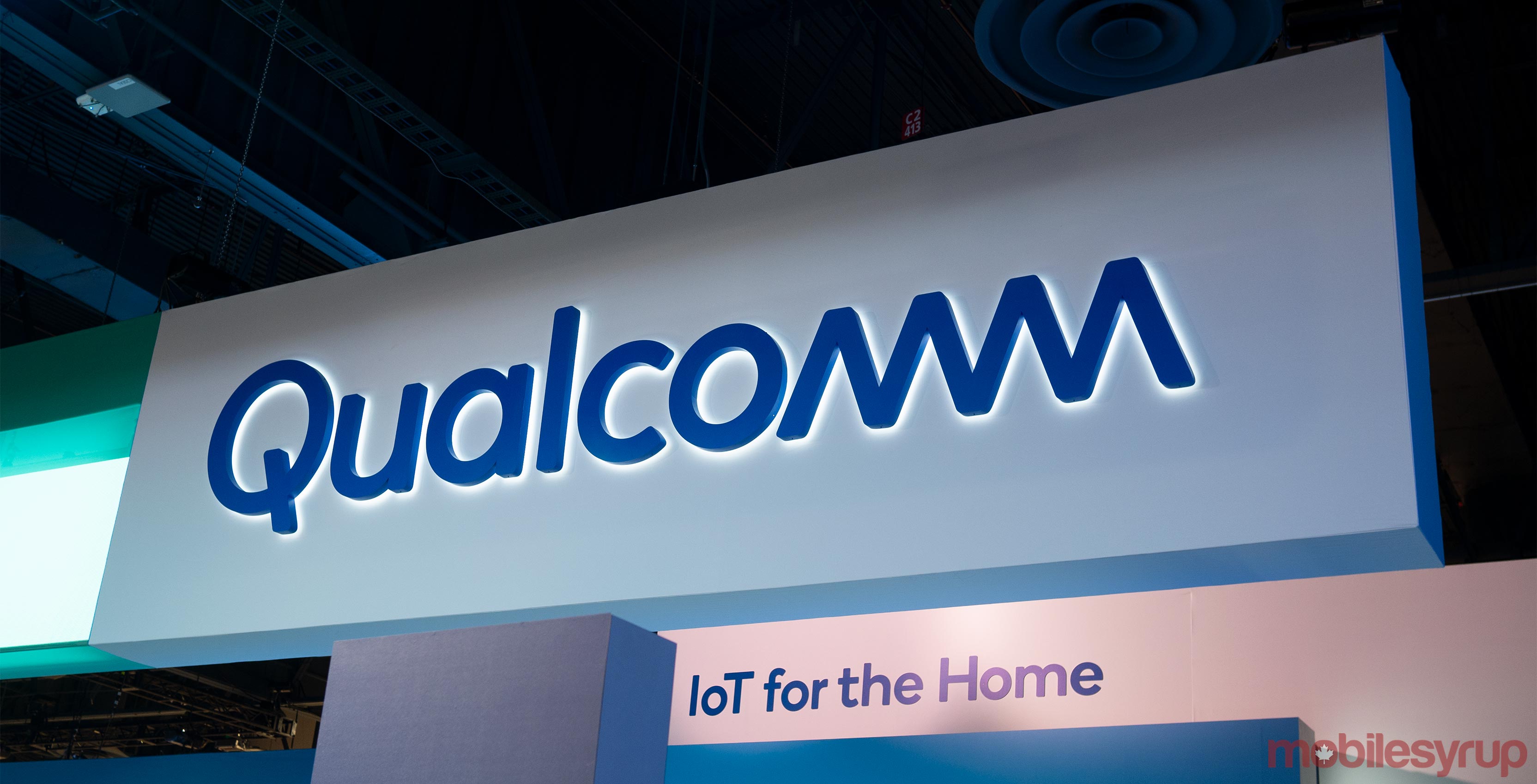
In 2019, there is a high chance the smartphone you used to read this article has a beating heart based on a licensed architecture from ARM.
No, ARM doesn’t really make processors. But the UK mastermind behind its closed-source silicon blueprints gives life to the likes of Apple A12, Qualcomm Snapdragon 855, and upcoming 5G-capable MediaTek Helios processor leveraging an evolved ARM design.
However, ARM is not without a challenger. According to a report from Android Authority, Qualcomm, the colossus that licenses and makes arguably some of the most adopted ARM processors, invested in chip design company SiFive that uses the open-source RISC-V architecture.
Compared to the lengthy process of designing an ARM processor that might take a year or more just tapping out sample chips. SiFive appears to move a much faster pace. The company can co-design a RISC-V and pump out sample chips in a few months, if not a few weeks, says Android Authority.
What does RISC-V mean to Huawei?
The besieged Chinese telecom giant currently holds a gold membership in the RISC-V inner circle, sitting next to Raspberry Pi(Silver), MediaTek(Silver), and IBM(founding silver).
Now, aside from losing its long-term Android license from Google, the recent ban also reminded Huawei that the core of its booming smartphone business still lives at the mercy of ARM. Huawei’s heavy reliance on current and future ARM’s blueprints, the latter which Huawei no longer has access to, casts shadows over the company’s future Kirin ARM processors.
Huawei claims it has stockpiled months of components and possess everything left from it’s sudden divorce with ARM to keep the Kirin chips alive. But, the dire situation does beg the question of whether Huawei should choose RISC-V as the new playground for its embattled silicon department. In theory, Huawei can. The RISC-V is an open-sourced architecture that require an business agreement, something that could be intervened by the U.S. government. Remember, the RISC-V foundation is based in the US, suggesting Huawei’s ties with the ARM alternative could be cut-off before 2020.
What does RISC-V mean to consumers?
Long-standing ARM clients like Qualcomm, Samsung, and NVIDIA are among many “Platinum” or even “Founding Platinum” members at the RISC-V foundation. Even though we don’t know what “platinum” means here, but seeing ARM clients investing in the growth of a competing standard means there should be more RISC-V processors to come out of the oven.
According to Wareable, one of Xiaomi’s sub-brands Huami announced it’s own wearable-oriented RISC-V chip in 2018. Android Authority also says many IoT devices now use RISC-V inspired processors. Couple that with the claimed short turnaround cycle, RISC-V may have a future in the shadows of ARM.
Regardless, creating a chip for watches is nothing to write home about these days, and the world has yet to see a smartphone-worthy RISC-V processor that rivals the quickly-growing the latest and greatest from ARM.
In short, what will happen in the mobile processors market remains to be seen.
MobileSyrup may earn a commission from purchases made via our links, which helps fund the journalism we provide free on our website. These links do not influence our editorial content. Support us here.


